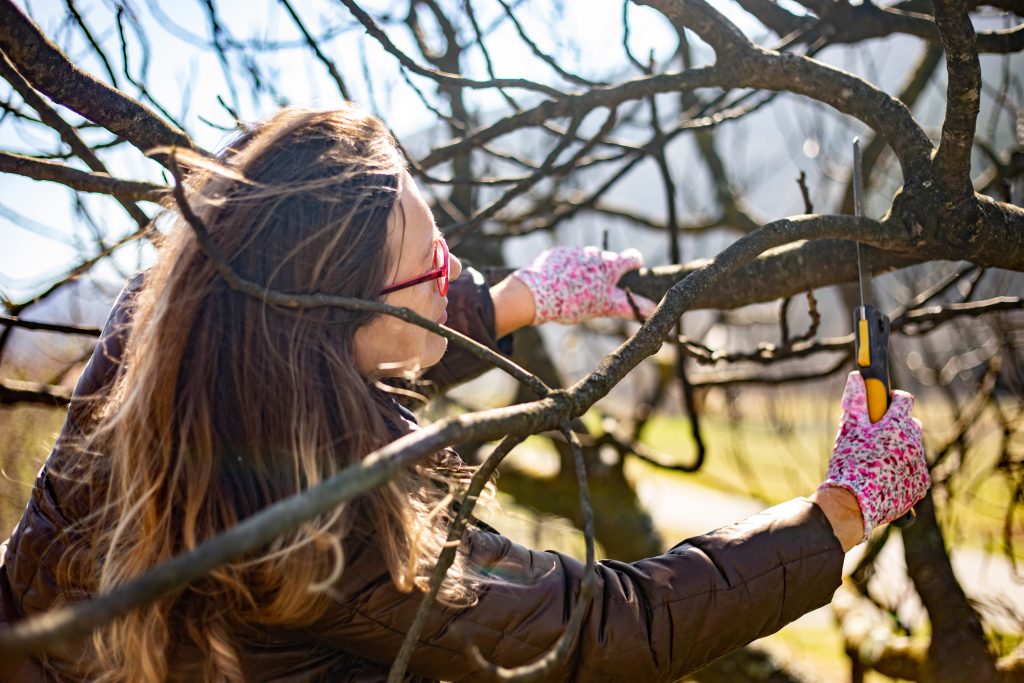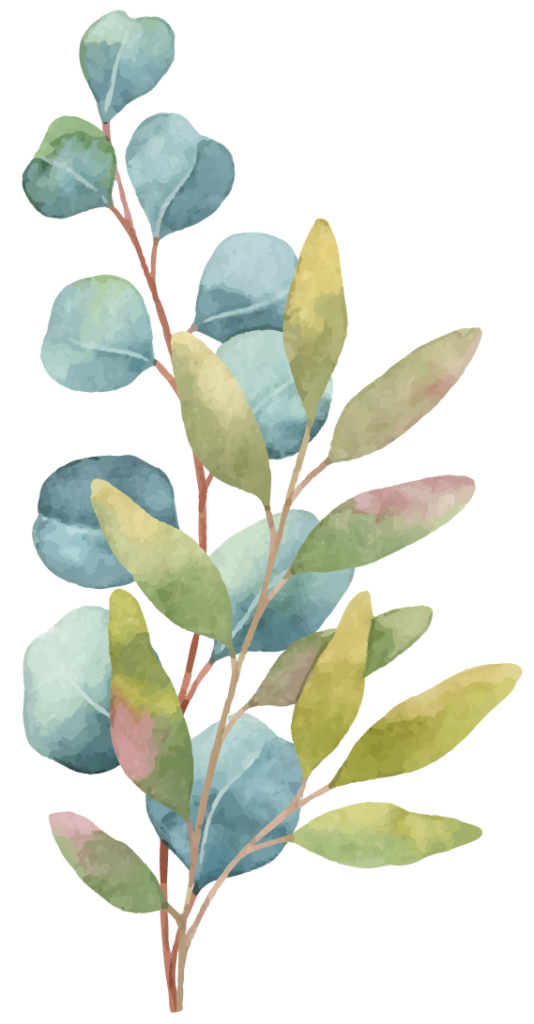As October arrives and the growing season winds down, many gardeners feel the urge to tidy borders and cut everything back neatly.
But, when it comes to pruning, timing matters, and in many cases, less is more at this time of year. Read on for our tips to help you decide what to prune this Autumn.

What to Cut Back Now
Some plants benefit from a gentle trim in autumn to keep them healthy and manageable:
- Cut back herbaceous perennials that have collapsed or become mushy—such as delphiniums, alchemilla, hardy geraniums, peonies, and others with soft tissue. These will turn soggy and unsightly after frost, and cutting them back helps prevent disease from overwintering.
- Remove spent annuals entirely to clear space and reduce pest harborage.
- Prune tall shrubs like Lavatera, Buddleja davidii, and climbing roses to reduce wind-rock and stem damage over winter.
What to Leave Until Spring
Resist the temptation to clear everything away. Many plants benefit from being left intact:
- Leave plants with rigid stems, such as hydrangeas, until late March or when new growth appears. Their old growth helps shield the plant from frost damage.
- Leave slightly tender perennials such as salvias, penstemons, and kniphofias uncut as old stems provide valuable insulation to their crowns.
- Plants like rudbeckia, teasels, and sunflowers form bold seedheads that add visual interest and provide valuable food for birds.
- The sepia-toned foliage of ornamental grasses, such as Miscanthus and Pennisetum, looks stunning when touched by frost. These grasses also offer shelter for overwintering insects and make winter borders look far more appealing than bare soil.
The Benefits of Delaying the Tidy-Up
Holding off on a full garden cut-back isn’t just about aesthetics, it’s a gift to your garden’s ecosystem. Leaving stems and seedheads through winter:
- Provides shelter for beneficial insects like ladybirds, lacewings, and solitary bees
- Feeds birds with seeds and hidden larvae
- Adds structural interest to your winter landscape
Delaying cutting back also makes spring work easier, as new growth clearly shows where to prune.
Need help preparing your garden for winter while protecting next season’s growth and supporting local wildlife?
Our expert team can assist with selective pruning and tailored seasonal care. Let us help you get your garden winter-ready — sustainably and beautifully…
